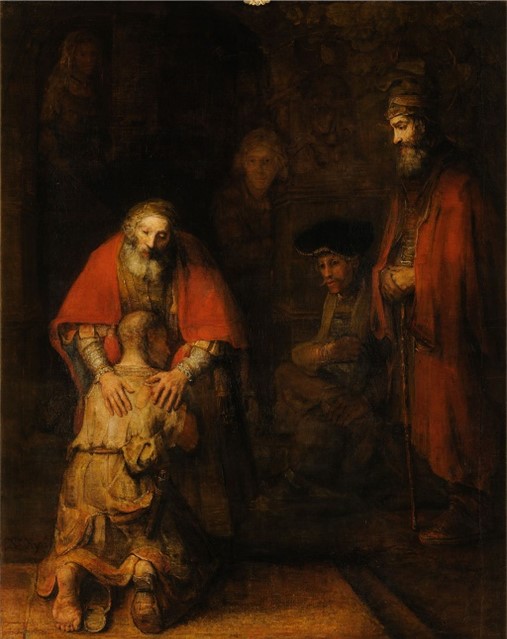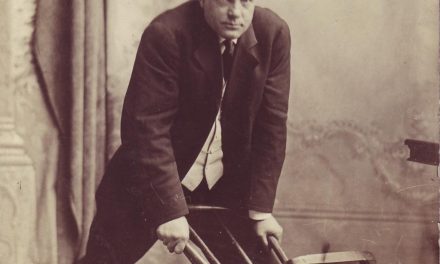As we know from the Bible, some faith heroes gained their respect through a series of triumphs, while others slipped, and fell and struggled to rise again to spiritual victory.
Even before Sampson was born, the Angel of the Lord appeared to his mother and told her to raise her son as a Nazirite, set apart for God’s service. He was never to drink alcohol, come into contact with dead bodies, or cut his hair.
You probably know the story. He fell for Delilah, who was not a nice Jewish girl. When she discovered the secret of his strength, she cut his hair while he slept. The Philistines captured him, gouged his eyes out, and enslaved him.
If the story ended there, it would be bleak. But Sampson is the prodigal come home. When the Philistine governors gathered to make sacrifices to their false gods, Sampson was the entertainment. He prayed for one last burst of strength so he could destroy God’s enemies. God heard Sampson’s prayer and died in service to his King and all of Israel.
When I read Rembrandt’s story, it reminded me of Sampson’s. I initially questioned whether this man was a true believer. Of course, only God can know a man’s heart. But it does seem as though Rembrandt was like Sampson. He started well, got derailed by women on life’s journey, then returned and rested in a sincere faith. Since he left no journal behind, we can only speculate.
Rembrandt Harmenz van Rijn was born July 15, 1606 in Leiden to a fairly prosperous Dutch Reformed family. In his early years, he was immersed in the Bible and knew the stories well.
He attended Leiden Latin School for seven years, completed one year at the University of Leiden, then went on to study art. He studied with Pieter Lastman, the most respected history painter of the day, for six months before returning to Leiden and establishing himself as a painter and portraitist.
He married Saskia in 1634 and together had four children, only one of whom survived childhood. When she died, following a long illness, Rembrandt’s personal life began to fall apart. In her will, Saskia stipulated that Rembrandt could only keep her inheritance if he agreed not to remarry. The result? Two affairs. One ended up in court. The other resulted in an illegitimate pregnancy.
It’s difficult to find outward indicators of true Christianity in Rembrandt’s personal life. His art, however, revealed a man seeking to fully understand himself, and himself in relationship to God.
A full third of Rembrandt’s work depicted biblical themes. He clearly embraced the Bible as a collection of real stories that happened to real people. Mary, the apostles and all the others in his works were not flat characters, but real people with depth and emotion. He not only depicted biblical accounts, but the reactions of the men and women within the stories.
Unlike previous works, Rembrandt’s paintings depicted Jesus as obviously human and gave viewers a chance to see what the incarnation actually looked like – an average-looking man without a halo hovering over his head. It seems his depictions of our Savior evolved with Rembrandt’s growing understanding of who Jesus was.
Near the end of his life, Rembrandt painted “The Return of the Prodigal Son.” Many believe it is a statement of his own return from a life that left him broken, tattered and poor to his compassionate Heavenly Father. Whether the painting was deeply personal or not, it invites viewers to consider coming home to God’s open arms.
Information for this article was taken from:
Christian Today – www.christiantoday.com
The Christian Century – www.christiancentury.org







